Last updated on 2025-09-03
A review and Photo example of the Summicron S 100mm with LEICA S Typ007.
目次
Gallery
- Sample photo taken with the Leica S typ007.
Review
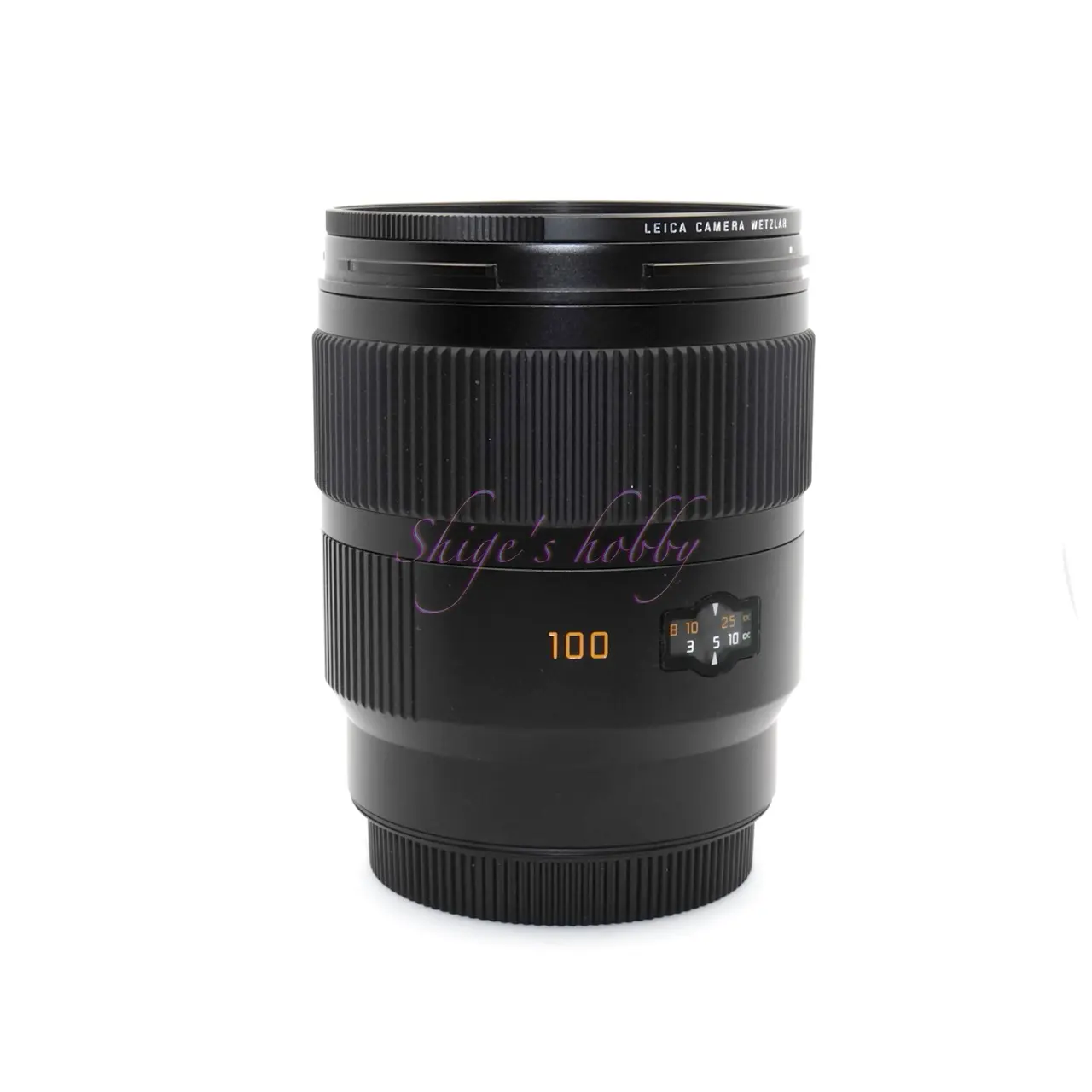

1.Overview
The Summicron-S 100mm ASPH. was released in 2013 and is the only large-aperture lens in the Leica S lens lineup that bears the Summicron name.
The main specifications are as follows, and detailed specifications are listed in the table.
- Maximum aperture: F2
- Lens construction: 7 elements in 5 groups
- 2 aspherical lenses, 4 surfaces
- Aperture blades: 8
- Minimum focusing distance: 0.7m
- Lens length: 102mm
- Weight: 910g
- Hood: Dedicated bayonet hood (12402)
- There are no lenses equipped with a central shutter (CS)
Other Leica S lenses, other than the F2 SUMMICRON, are classified by their aperture values: F2.5 is SUMMARIT, F2.8 is ELMARIT, other aperture values are ELMAR, and zoom lenses are VARIO ELMAR.
2.Usage
The SUMMICRON S 100mm ASPH. is large and heavy because it is compatible with medium-format digital sensors. When combined with the LEICA S camera body, the weight approaches 2kg.
The autofocus speed and accuracy are comparable to that of an old-fashioned SLR camera, and it does not have any surprising features. With subjects with a cluttered background or in a dimly lit space, you will often experience overfocusing and may end up with a blurred photo.
However, if you look carefully through the viewfinder and aim for a high-contrast area, you will be able to focus. When you cannot trust the autofocus, this is a lens that you should actively use manual focus with.
It is best to think of this as a camera system in which you should actively intervene, rather than leaving it up to the camera.
The bayonet hood model number 12402 for this lens is the same as that of the APO Macro Summarit 120mm F2.5, and there is no lens with a leaf shutter (CS) in the lineup.
The filter diameter is 82mm, and I’m using a Leica 82mm filter that I bought previously. This filter is also expensive, but it’s comparable to high-end products from filter manufacturers.
If you’re not using this lens with a LEICA S, you can use it with L-mount cameras, but only with the LEICA SL series, by using the genuine LEICA S-LENS Adapter-L (16075, list price about 200,000 yen). If you use this mount adapter, it will not work with Leica T series, Leica CL, or other L-mount alliance cameras.
Looking at the specifications for the Leica SL Typ601, it says that the camera’s operating voltage is 8.4V, and it seems that the camera is powered by boosting the battery’s rated voltage of 7.2V. It is assumed that this difference in the specifications for the power supply is one of the reasons why it cannot be used with cameras other than the SL series.
3.Summary
In conclusion, the SUMMICRON S 100mm ASPH. is a lens that you will want to use in various scenes, even if you are prepared for a heavy camera system. As long as you can accurately focus, the shooting results will provide images that are commensurate with the weight.
It is a particularly memorable lens among the SUMMICRONs I have used in the past, and it is truly the “pole” of SUMMICRON.
For Leica SLRs, the focal length of 100mm is special, and the Leica R mount reminds me of the APO MACRO ELMARIT 100mm. For the medium format SLR LEICA S series, the special lens is definitely the SUMMICRON S 100mm.
Finally, since the lens is a modern electronic mount, it is likely that if a new camera is released, it will be usable via a mount adapter. However, it is expected that the camera will have an electronic viewfinder.
The ability to directly view the light that passes through the SUMMICRON is a luxurious experience that is only available with the LEICA S series.
・Digression
The Summicron-S 100mm and Super-Elmar-S 24mm were the Leica S-mount lenses I wanted to use. Timing is strange when you’re looking for a lens. When I was looking to purchase the Summicron-S 100mm, the Super-Elmar-S 24mm was also available on the second-hand market at a similar price, but I didn’t have the financial means to buy both, so I couldn’t resist the appeal of the large-diameter lens and chose the Summicron-S 100mm.
There were many overlapping items, and at the same time, the CONTAX 645 Planar 80mm F2 was also available on the second-hand market at almost the same price. This lens was always available as long as I had the money, so I passed on it for the time being.
This lens is called the 100CRON in the Leica Red Dot Forum.
After completing the purchase, I looked at comments about the S 100mm on the Leica Red Dot Forum, including “The autofocus on the S 100mm is terrible, no matter how much you adjust it, it just doesn’t work” and “The S Typ007 is no good, but the S3 is OK.” I was a little scared and regretful after reading some of the not-so-good reviews about this lens, but I pulled myself together and headed outside with the lens that had arrived, thinking I wouldn’t know until I tried it for myself.
Perhaps because I’m used to slow cameras, the autofocus speed and accuracy were not as bad as I had worried.
Specification and Competitor
I will compare the SUMMICRON S 100mm with the Hasselblad HC100mm F2.2, which has almost the same specifications as the SUMMICRON S 100mm and is aimed at H-series medium format cameras.
Both lenses are LEICA S-series and autofocus works, with the SUMMICRON S 100 being slightly better in terms of focus speed and accuracy. However, both lenses often have difficulty finding the focal point when focusing.
The minimum shooting distance is 0.7m for the Leica and 0.9m for the Hasselblad, and from my experience using them, the difference of 0.2m feels greater than the numbers suggest when getting close to the subject.
- The lens construction diagrams are quoted from each company’s materials, and the sizes have been adjusted by us, so they are not exact.

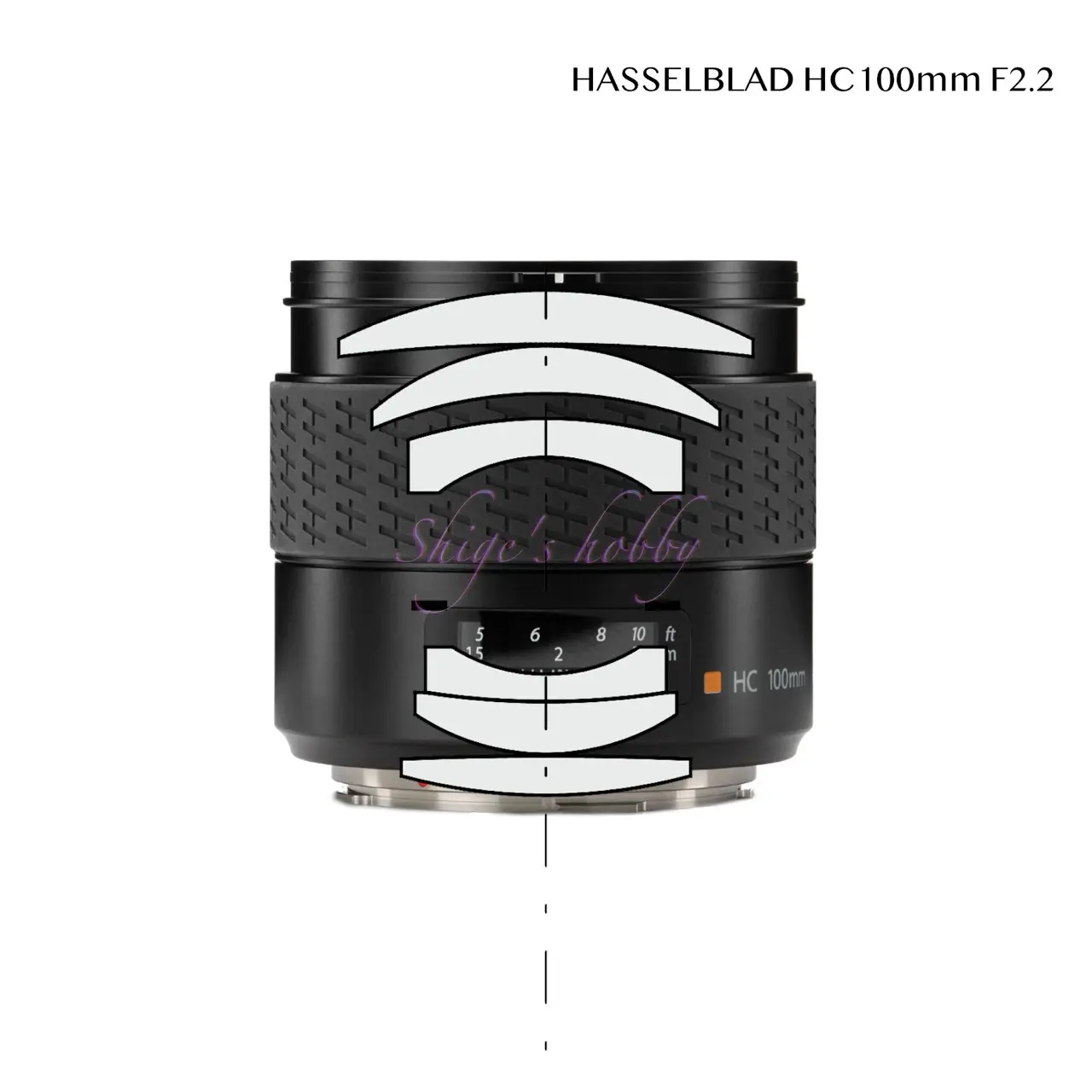
| Items | SUMMICRON | HASSELBLAD HC |
| Focal length(mm) | 100 | 100 |
| Max aperture | 2 | 2.2 |
| Min aperture | 22 | 32 |
| Aperture blade | 8 | ? |
| Lens Construction | 5群7枚 | 5群6枚 |
| Min distance(m) | 0.7 | 0.9 |
| Lens length(mm) | 102(lens only) /146(+hood) | 80.5(lens only) |
| Lens diameter(mm) | 91(lens) /104(hood) | 87.5(lens only) |
| Filter Size(mm) | 82 | 77 |
| Weight(g) | 910(lens only) /965(+hood) | 780(lens only) |
| Release year | 2013 or 2014 | ? |
| Price(Yen/No-tax) | ? | ? |
Reference links
Update history
- 2025.3.28
- 2024.12.14
- 2024.03.04
- 2023.07.19
Affiliate links
- Please see the disclaimer regarding advertising here.
- Italicized links in the text are advertisement links that take you to other sites.
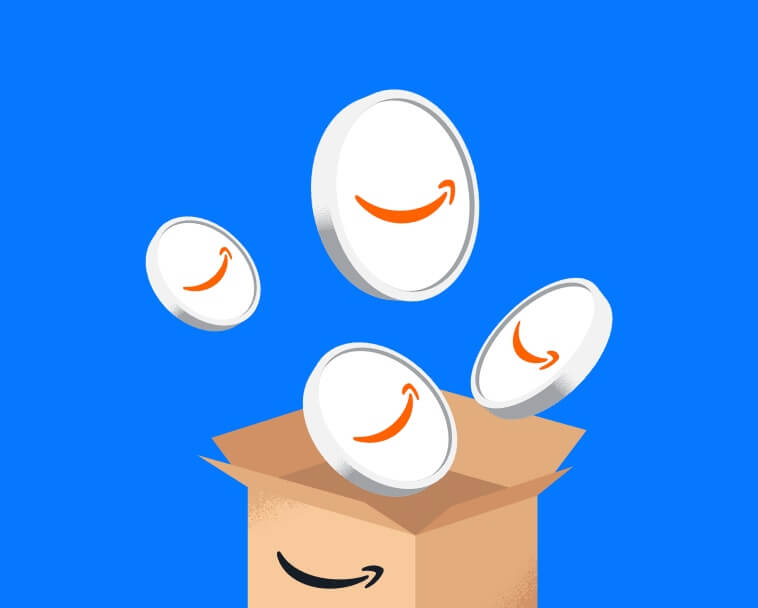
Amazon Prime Sale

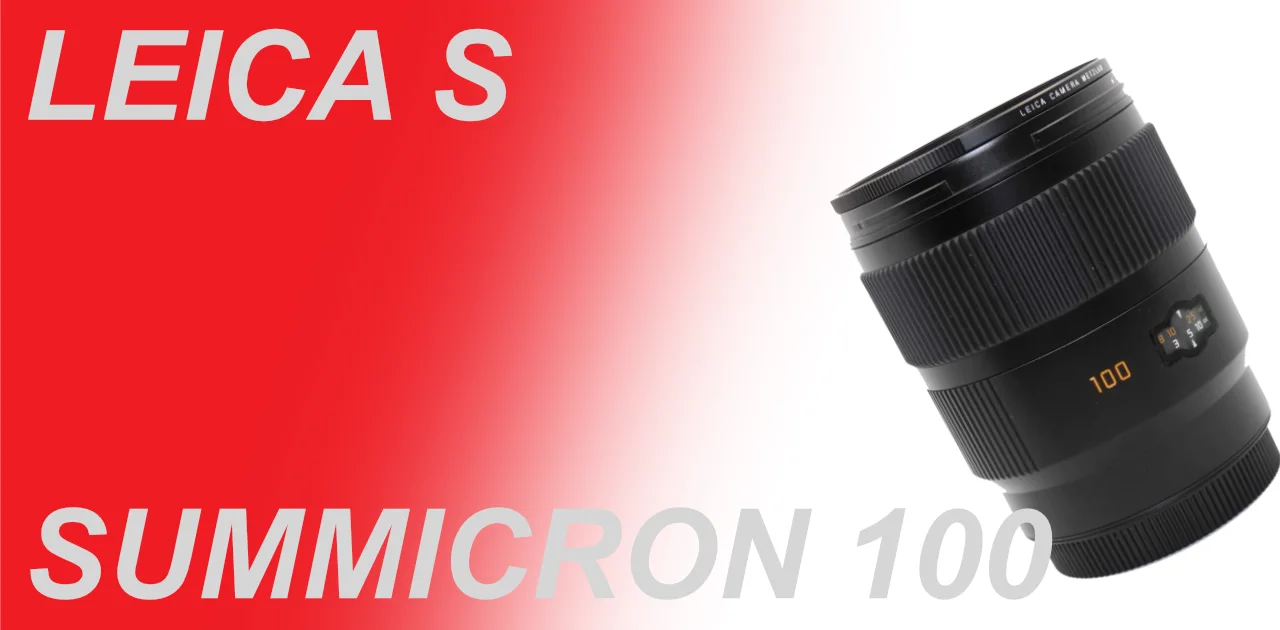
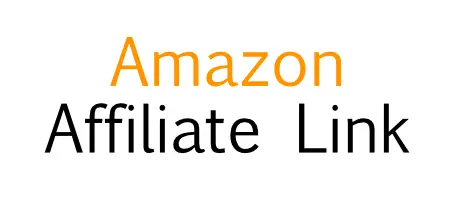
Be First to Comment